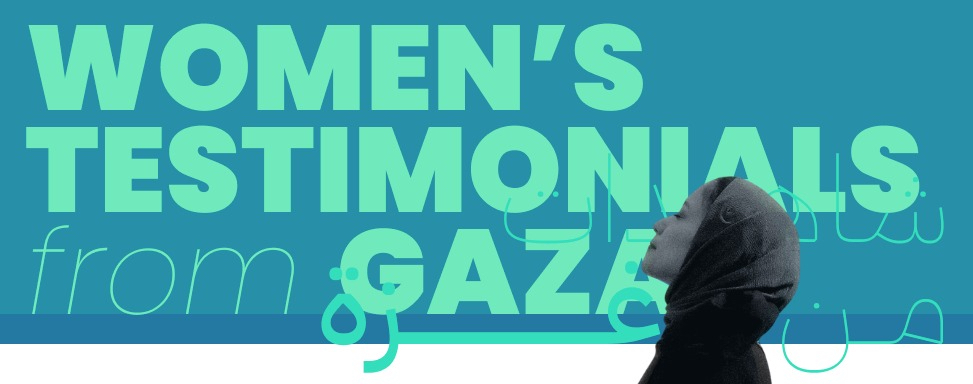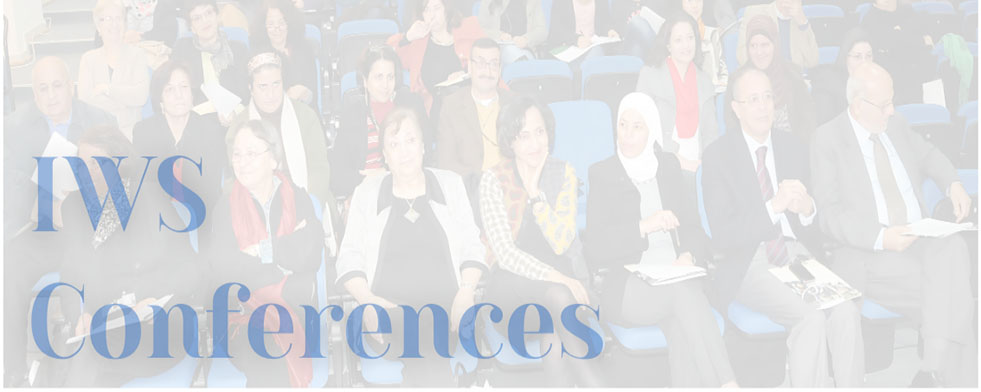Identity and Power: Relation between Gender and Negotiation in an Organization. A Case Study-Based Research on Laborers Who Lost their Jobs pdf
Year: 2006
Author: Mohammad Al Khatib
Supervisor: Rema Hammami
Discussion Committee: Eileen Kuttab & Abdul-Rahim Al-Shaikh
Abstract
This study aims to uncover the gendered dimension of power relations within organizational structures. It hopes to contribute a more complex
understanding of gender as one dimension of social and power relations, as well as introduce into the local context, the neglected area of gender analysis of organization in the not separate from its relation to an analysis of labor and employment.
The study attempted to answer the following question: How and under what circumstances is gender a salient component of the negotiation of power within organizations? Operationally, the study defines organization as the workplace within private or non-governmental institutions. While negotiation is considered the process of worker-employee conflict from the first entry into work until the resolution of a conflict.
Three theoretical approaches to the issue are presented: the liberal-feminist; the radical feminist and finally, the post-modernist which is the framework selected for conceptualization and analysis. The post-modernist approach poses, gender as only one of multiple identities carried by an individual, one which is relational and therefore depends on the nature and dynamics of the negotiation process on whether it becomes a salient force at any particular moment. At the same time, it sees masculinity as a broader social culture that has differential impacts depending on the sex, class and awareness of individuals. As such it sees the relation between power as and gender as an articulation of a large number of interacting sub-identities among themselves, and with the surrounding environment leading to varying outcomes.
To operationalize this approach, the study used the concept of “situational moderators” which proposes that there are situations where gendered –identity appears and others where it is buried during the negotiating process under other identities such as class and age. Using 23 cases of female and male employees who lost their jobs in both private and non-governmental organizations, the study attempted to address the varying situations where gender might be strong, weak or completely hidden.
The study’s main findings are the following:
The gender effect in negotiation is submerged when there is an overall subjection of all employees to an entire complex of mechanisms of supervision and surveillance – which employees internalize. Work order is created through fear, anxiety and confusion, thus leading to negotiation taking place through micro-strategies of subversion rather than direct conflict and confrontation. Work rules in a legal sense are non-existant but are instead based on performing properly a role in an unspoken situation of patronage and dependency.
In the second situation (often following the first in a process of stages), there is ambiguity in how to act either to gain rights or stay employed. In these situations, gender triggers are activated. The study finds five types of gender triggers at work. In some cases, sexual harassment—the sexuality of the employee and desire of the employer becomes a major force in the negotiation process. Other cases, gender role stereotypes are triggered in the negotiating process such that employee functions or demands become linked to notions of “women’s work” or “male bread winner” status. There are also masculine and feminine stereotypes that can be deployed by employee or employer – in terms of women’s dependency, weakness or cooperativeness, versus male daring and individualism. Additionally, gender triggers lead to a greater intensity of the conflict for men while they are still in their workplace, whereas for women conflict tends to intensify once at the stage of leaving the workplace. Finally, differential gendered strategies can be triggered; women often coordinate first with women after losing their job– going to labor unions for help only at their prodding; while men go to unions directly and unprompted.
The study concludes with both practical and theoretical recommendations. On the one hand researchers need to look at gender identities not as given’s but as one among a number of possible identities triggered by specific institutional, social and power contexts. On the other, activists need to also focus on the dynamic interaction of gender in relation to specific problematics rather than assuming immutable gender identities existing in the context of abstract areas of rights.
Download



